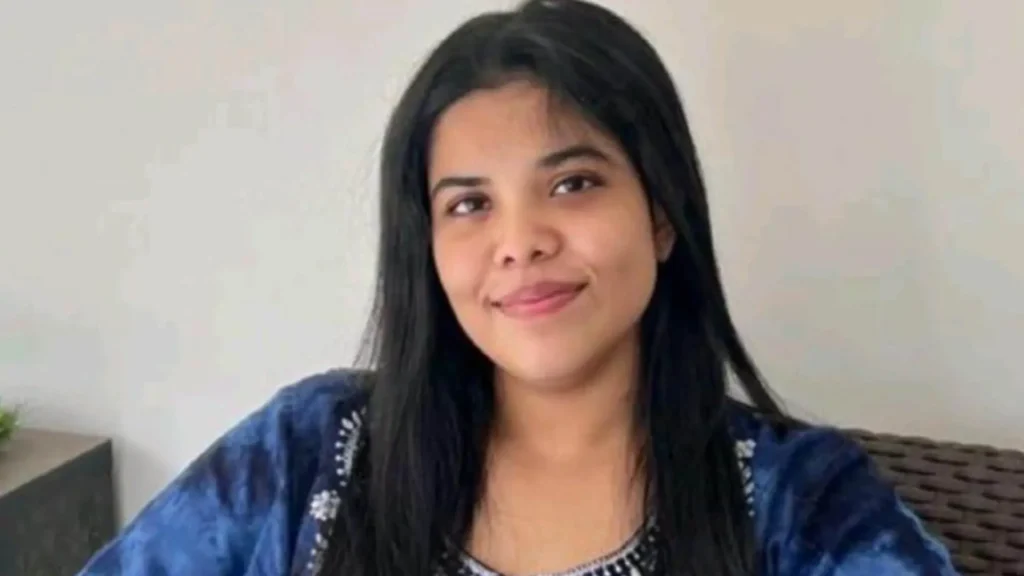Political Reactions to the Incident
The tragic death has drawn reactions from political leaders. Samajwadi Party chief, Akhilesh Yadav, expressed his concerns through a post on social media platform X (formerly Twitter). He described the incident as “worrying” and linked it to the broader issue of economic pressure in India.
Yadav emphasized that both companies and government departments need to seriously reflect on the impact of work pressure on employees. He pointed out that the true progress of a country is not only measured by economic or service growth but by how mentally healthy, free, and happy its people are.
In his post, he also criticized the ruling Bharatiya Janata Party (BJP) and accused the government’s economic policies of failing. Yadav argued that due to these policies, companies are struggling to sustain their businesses and, as a result, are overburdening fewer employees with a heavier workload. He held the BJP government accountable for such sudden deaths and highlighted the mental toll that current work environments have on people. Yadav called for immediate and meaningful reforms to prevent further tragedies.

Earlier Case of Work Stress in Pune
This is not an isolated case. Just a few months ago, a 26-year-old chartered accountant, Anna Sebastian Perayil, passed away due to excessive work stress, only four months after joining a firm in Pune. Anna’s mother had written to the company, alleging that her daughter was overwhelmed by heavy workloads and long hours. However, the firm denied these claims.

Union Labour Minister Mansukh Mandaviya has since stated that Anna’s case is under investigation, indicating that the government is looking into the growing concerns surrounding work-related stress.
Conclusion
These incidents highlight a disturbing trend of work-related stress and its fatal consequences. As discussions around employee well-being grow, there is a pressing need for both companies and governments to reassess the working conditions that are putting undue pressure on employees across the country. Implementing meaningful changes to improve work-life balance and mental health support will be crucial in preventing such tragedies in the future


